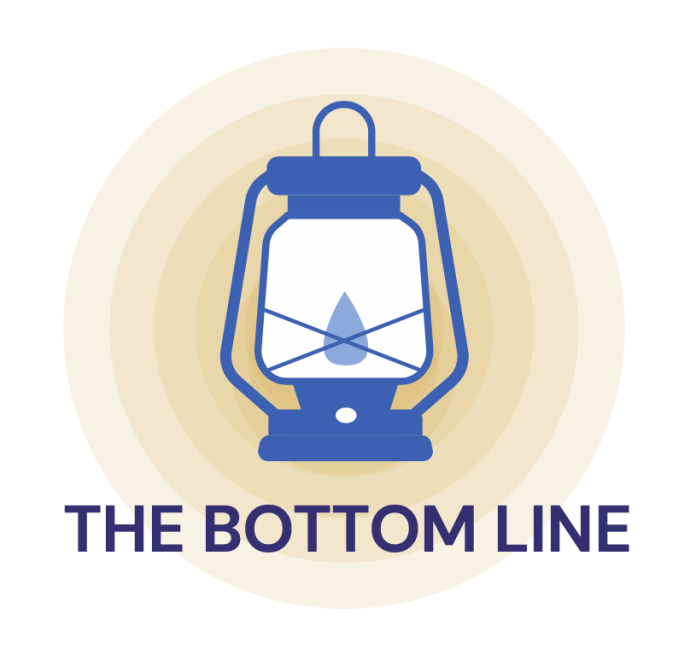Benjamin Lee
Opinions Editor
Another quarter, another month to fret about choosing your courses. When will it end? As our peers already know, UC Santa Barbara (UCSB) uses a Pass Time registration system where one’s unit limit increases per Pass Time. For the standard UCSB College of Letters & Science student, their unit limit increases from 10 units max for Pass 1 to 15 units max for Pass 2 as per the Office of Registrar’s description. However, this is a reduction implemented since Winter Quarter 2022 where the setup was originally 13.5 units max for Pass 1 and 19 units max for Pass 2. Courses are typically worth four units each, with full-time status minimum being 12 units. With the Pass Time change, students could no longer attain full-time status from Pass 1 alone, and we’ve all gone through this anxiety since then. Near two years after the implemented Pass Time unit caps, has anything changed in the landscape of this problem?
In a recent survey I conducted for The Bottom Line, students at New York University, Northeastern University, University of Hawai’i at Mānoa, and University of Chicago all stated that their respective colleges’ online registration systems provided easy, efficient, and fair methods to register for courses. The Pass Time setup appears rather unique to the UC system. In contrast, while registration times are still allocated per student seniority, credit count, and a bit of randomization, students in the mentioned universities nonetheless avoid being subjected to unit limits. These universities’ mostly first-come, first-served process prevents course registrations from weighing too heavily on their students’ minds. So, let’s look at our own school.
Previous Dean of Undergraduate Education Jeffrey Stopple wrote in an email, shared with the Santa Barbara Independent, that UCSB is “enrolling more students than we can educate on a four-year, three-quarter schedule.” In 2021, contributing writers for The Bottom Line reported students suffering stress from the course shortage. Further, an anonymous staff member wrote on Reddit that the unit caps implemented at the end of 2021 may have also been meant to free up courses from “coarse hoarders.” In all, course availability does not meet student demand as led to by UCSB’s over-enrollment. Make no mistake: UCSB is not the only school burdened by demands for increasing enrollment. Yet, UCSB stands out with its undergraduate-to-graduate student ratio as noted by Stopple, and UCSB reveals little to no transparency toward improving student life. It is here with Stopple’s note that we must also be aware of our current housing shortfall as it runs adjacent and related to issues of course availability.
According to the Santa Barbara Independent, the Santa Barbara County Board of Supervisors voted to sue UCSB for its failure to adhere to its Long Range Development Plan (LRDP). Student complaints echo this failure with talks about UCSB’s plans for the windowless Munger Hall dormitory. Yet, promotions for the building as once posted on the Office of Budget & Planning’s website are inexplicably gone. Further, only a single publication online, The Architect’s Newspaper, reports an ostensible cancellation of Munger Hall with no explicitly mentioned source. Is UCSB even caring about housing its students? And, with this non-transparency aside, how exactly does UCSB plan to house the graduate students who would teach its undergraduate students? A campus profile for the 2022-2023 academic year from UCSB’s Office of Budget and Planning notes that the cumulative total of undergraduate and graduate students is 25,739. Meanwhile, the same academic year’s three quarter average sits at 22,556 for undergraduates and 2,985 for graduates according to their enrollment dashboard. The ratio of graduate-to-undergraduate students remains at a disproportionate 1:8. Fall enrollment maintains at a strong level; UCSB has no transparent housing plans for students, faculty, and staff, if at least transparent toward its students; course availability remains restrained due to insufficient graduate students and faculty in relation to the number of undergraduate students. Nonetheless, UCSB cannot merely reduce enrollment: Santa Barbara County Chair Das Williams told The Bottom Line that UCSB sits in this pivotal moment where accessibility to education is stronger than ever, and any efforts against increasing enrollment could hurt both the demographic diversity of Isla Vista and that accessibility to education.
So, what to do? I can’t help but notice the apparent irony from an increased accessibility to college and a decreased accessibility to college courses. As a student, I can also only posit that UCSB requires a long-term plan. Perhaps it is already engaged in a long-term plan. However, transparency is a sure thing that UCSB lacks. Housing is a small but crucial part of it all. If UCSB can increase housing availability for graduate students and faculty, perhaps future UCSB student cohorts will then have a more comfortable time studying here.











